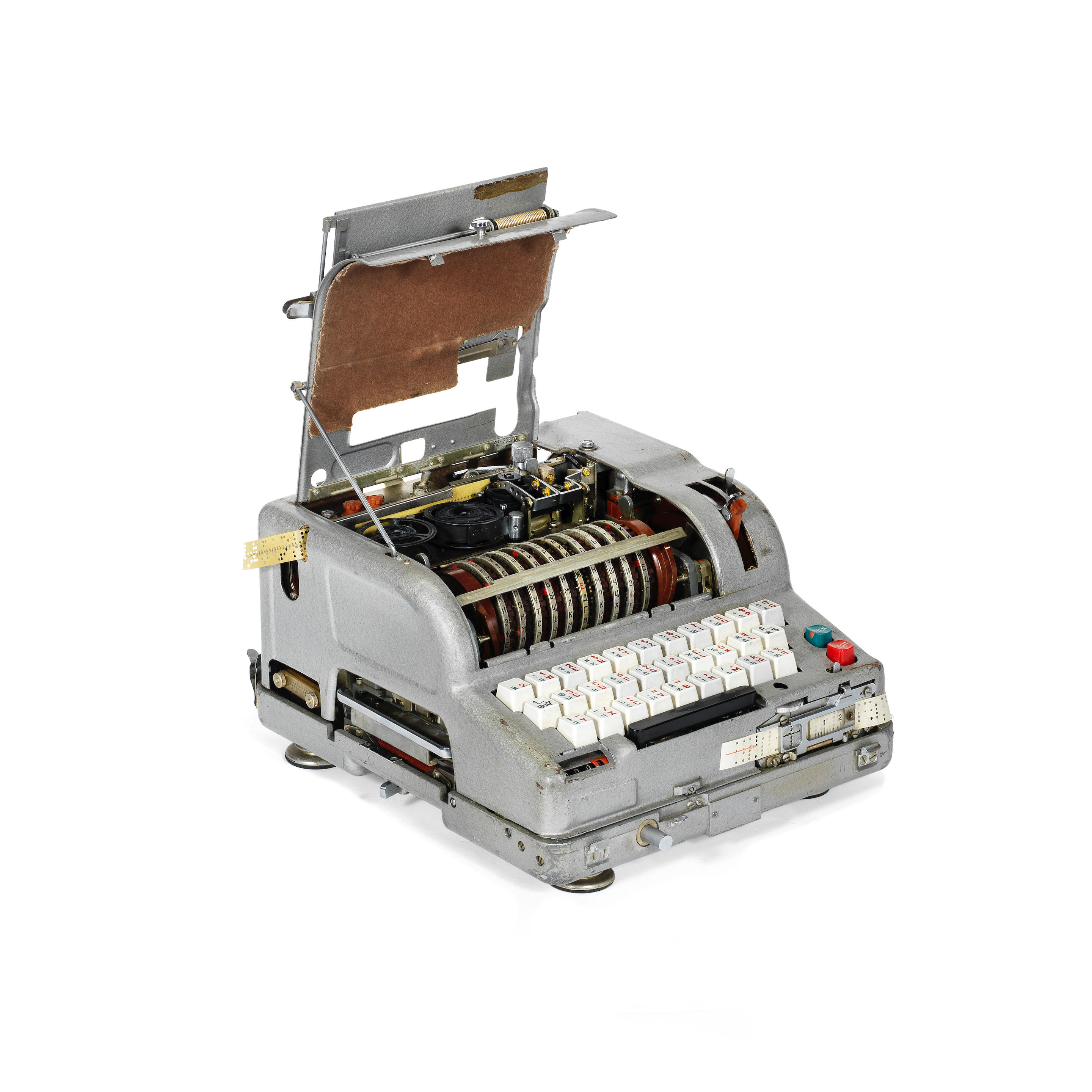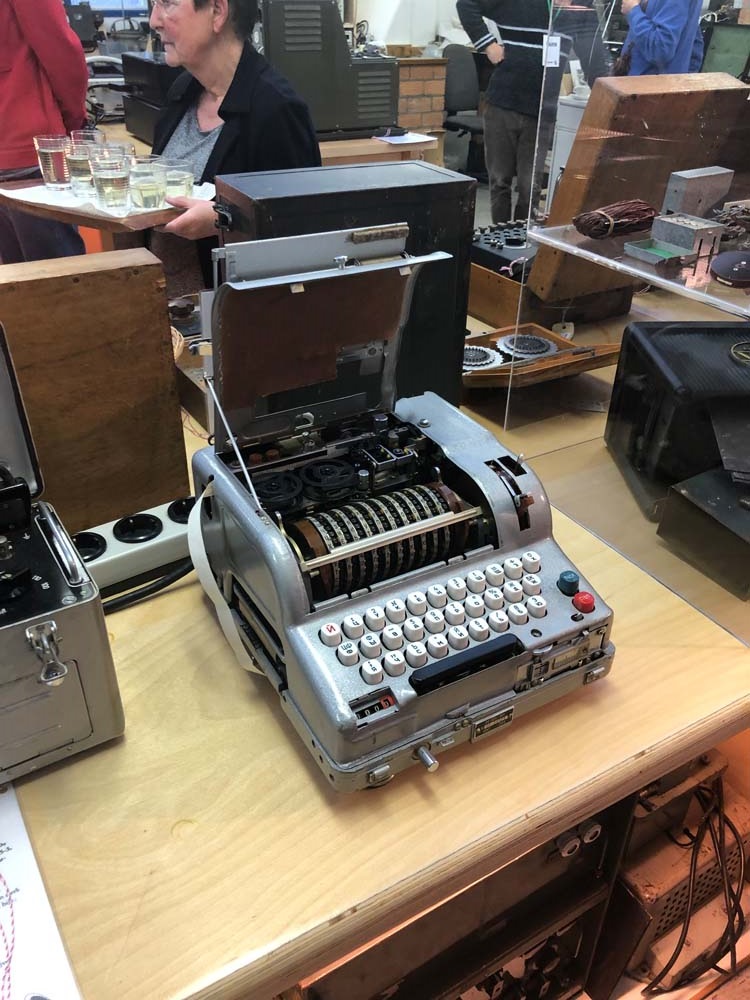

The commutator consists of two sets of 30 contact strips set at right angles to each other. The Fialka rotor assembly has 10 rotors mounted on an axle and a 30 by 30 commutator (Kc 30x30). The M-125-3MN had three modes, single shift letters, double shift with letters and symbols, and digits only, for use with code books and to superencrypt numeric ciphers. The M-125-3MN had separate typewheels for Latin and Cyrilic. The M-125-MN had a typewheel that could handle Latin and Cyrilic letters. There are at least two versions known to exist, the M-125-MN and the M-125-3MN. The keyboard, at least in the examples of East German origin, had both Cyrillic and Latin markings. The machine's rotors are labelled with Cyrillic, requiring 30 points on the rotors this is in contrast to many comparable Western machines with 26-contact rotors, corresponding to the Latin alphabet. The Fialka requires 24 volt DC power and comes with a separate power supply that accepts power at 100 to 250 VAC, 50–400 Hz by means of an external selector switch. The punched-card input for keying the machine is located on the left hand side. įialka contains a five-level paper tape reader on the right hand side at the front of the machine, and a paper tape punch and tape printing mechanism on top. 2005 because the device had been kept secret.

Information regarding the machine was quite scarce until c.

It also makes use of a punched card mechanism. A rotor machine, the device uses 10 rotors, each with 30 contacts along with mechanical pins to control stepping. In cryptography, Fialka (M-125) is the name of a Cold War-era Soviet cipher machine.


 0 kommentar(er)
0 kommentar(er)
